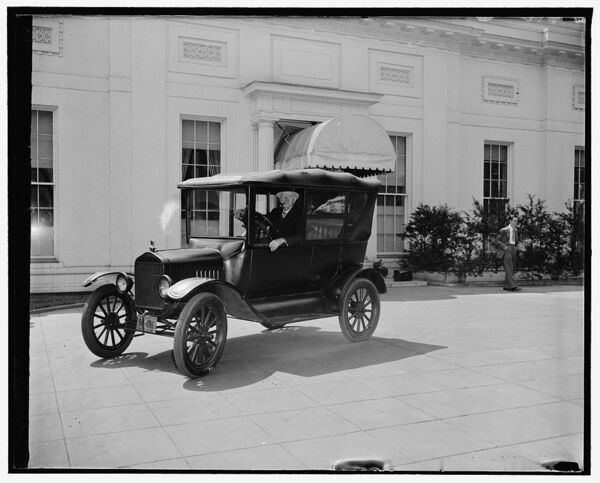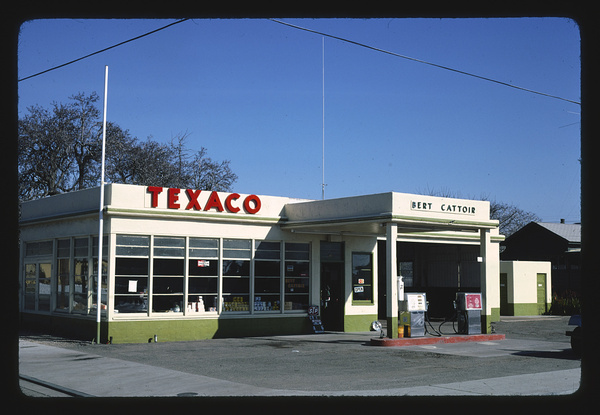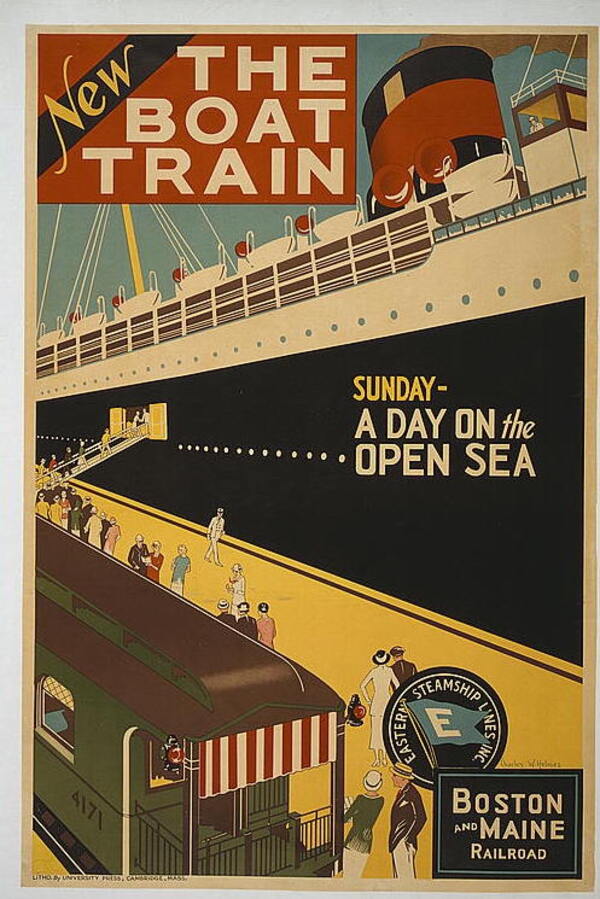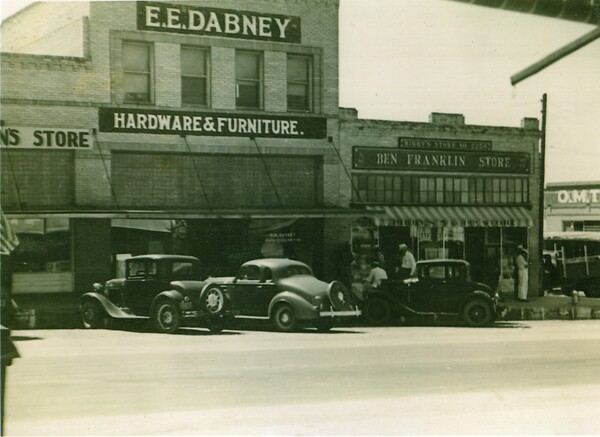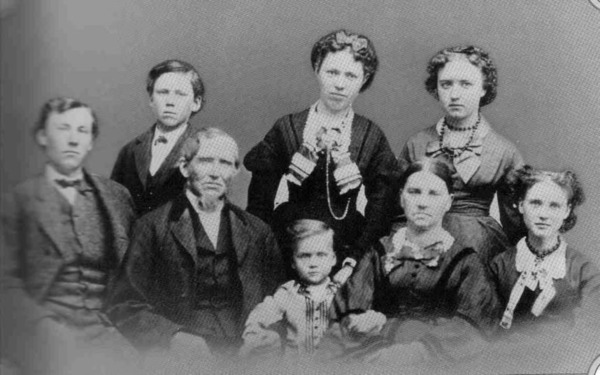Have you ever tried to figure out when an old family photo was taken? It can be a maddening process! We wanted to put together a definitive guide to help you figure out how to date old photos. Scroll down to get started...

Daguerrotypes: 1839-1860
The first photographic process was developed by Louis-Jaques-Mandé Daguerre in 1839. The process became most popular in period from 1842-1856, but began to wane in the following years. The complicated process involved polishing a sheet of silver-plated copper, treating it with fumes, and exposing it to a camera to fix the image to the metal -- this resulted in an image that appears to be fixed on to a mirror.If you have a photo that is cased, has a mirror-like quality where the image changes based on the angle, and the back of it looks like it has some copper and silver elements, you have a daguerrotype, which means likely 1845-1860. There are ways to date the images inside this range, but for now lets move on to the next type: Ambrotypes.
Ambrotypes: 1854-1865
Ambrotypes are similar to daguerrotypes in that they were often preserved in similar cases, but the difference comes down to the process used and how it looks. While "dags" were produced on sheets of copper/silver, ambrotypes were produced on an actual mirror that was coated in a silver iodized sulfate solution. This means that the image will be much crisper and appear the same from all angles. Many of the photographers also treated the images with some hand-tinting like the one above.
Here's a typical, cased example of an ambrotype from 1859.
Tintypes: 1860-1875
While daguerrotypes and ambrotypes were generally expensive processes that could only be done in studio, the advent of tintypes brought photography to the masses. Don't let the name fool you: tintypes are actually based on a thin iron-sheet that holds a crisp, black-and-white or chocolate-toned image. While tintypes were invented in 1855, they became widely used to document Civil War battles, encampments, and soldiers, and then later mobile studios appeared at fairs, carnivals, and with traveling photographers. The process was used through the end of the 19th century, but most of the tintypes out there date from 1865-1875.
Most tintypes found today are loose or in paper sleeves vs. ambrotypes or daguerrotypes that were always cased. If you want to verify that you have a tintype, however, there is a sure-fire method: place a magnet near the back of the photo. If it sticks, you've got a tintype! Now let's move on to the next one: Carte de Visites!
Cartes de Visite: 1863-1877
Cartes de Visite (or CDVs) were the first types of photos that had a true negative, which meant that people could obtain multiple copies of a single photo. As such, they were often used as calling cards or promotional cards often traded among friends. The subjects are usually portraits of prominent individuals, actors or actresses, or patriotic images. If you are trying to identify your own family photos, you'll likely find few CDVs among your collection, but you never know what you'll find.
CDVs are very easy to identify for two reasons: 1) The actual photo is a thin sheet of paper glued to a stiff card stock and 2) they are always a specific size (right around 2 3/8" x 4 1/4"). So let's now move on to the last group: Cabinet Cards.
Cabinet Cards: 1875-1900
Cabinet Cards gained steam in the U.S. in the mid 1870's as photographers preferred this format that allowed them to print larger sized photos and also print their studio and location on the front (and back!) of the photo. Most of the Cabinet Cards out there date from 1880-1890, but they span the years before and after. They were typically sized 6 1/2" x 4 1/4", but versions from the 1890s were often quite a bit larger.
So what if you want to know a more precise date for your cabinet card? Here are a few tips:
Card Stock: Thickness and Edges
- 1866–1880: square, lightweight mount
- 1880–1890: square, but with a much heavier card stock
- 1890s: heavier card stock, but with scalloped edges
- 1866–1880: thin, light weight card stock in white, off white or light cream
- 1880–1890: different colours for the front and back of cards. You may find green/white, brown/yellow, etc.
- 1882–1888: a more durable matte-finish front, with a creamy-yellow, glossy back
- 1866–1880: red or gold, either single and double lines
- 1884–1885: wide gold borders
- 1885–1892: gold edges, typically beveled
- 1889–1896: rounded corner, but a single line
- 1890s on: Embossed borders and/or lettering
- 1866–1879: You'll find photographer name and address often printed in small lettering just below the image, and/or studio name printed on similar lettering on the back
- 1880s+: Large, ornate text for photographer name and address, often in cursive style. The studio name may cover the entire back of the card.
- Late 1880s–90s: Gold text on black card stock
- 1890s on: embossed studio name or other embossed designs
If you liked this story, hit the "Share" button to pass it on to friends...
Next Article
